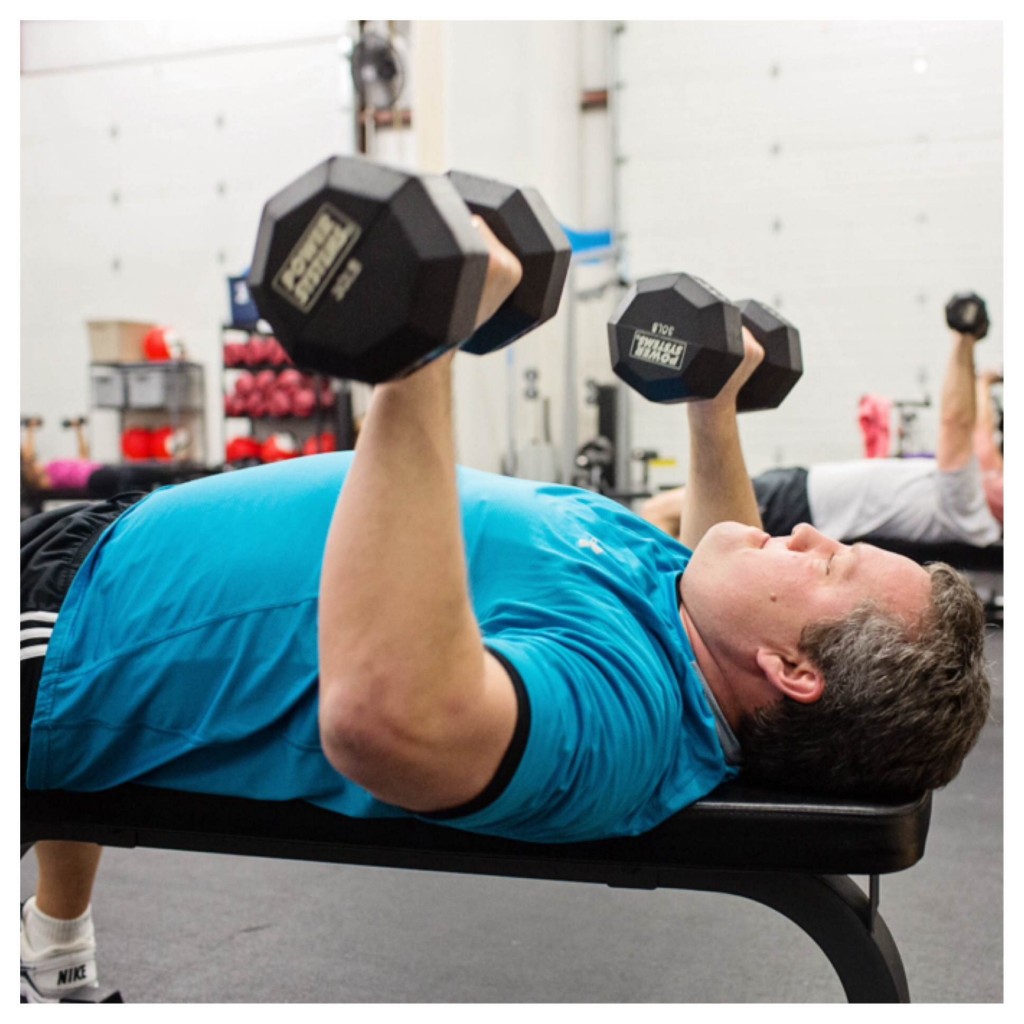 Being overweight causes many medical issues. One of the more prevalent problems is type II diabetes. Although conventional wisdom has advocated strongly for the use of cardiovascular training as the most effective exercise modality for weight and diabetes management, emerging research may suggest otherwise.
Being overweight causes many medical issues. One of the more prevalent problems is type II diabetes. Although conventional wisdom has advocated strongly for the use of cardiovascular training as the most effective exercise modality for weight and diabetes management, emerging research may suggest otherwise.
Type II Diabetes in a Nutshell
Type II diabetics have a cellular response problem to insulin. The best way to think about this process is a lock and key relationship: the cell is the lock and insulin is the key. Basically in type II diabetics the lock isn’t responsive to the key. The receptor (lock) on muscle and fat cells (glut-4) is responsible for transporting the glucose from our blood into our cells. After we ingest carbohydrates, they are broken down as glucose and circulate in the bloodstream. The pancreas releases insulin (key), which directs the glucose from our blood stream to this receptor, which is then taken into the cell to be stored or utilized as energy.
In type II diabetics, the glut-4 receptor doesn’t recognize insulin and therefore doesn’t uptake the glucose, resulting in hyperglycemia or high blood sugar (otherwise known as “Insulin Resistance”). In the early stages of type II diabetes, the body begins to pump out even more insulin, trying to shove this glucose into an unresponsive cell, a perfect recipe for a metabolic mess. In other words, the lock and key don’t work together anymore. High blood sugar can result in heart disease, stroke, nerve damage, and lead to kidney failure, not to mention this increase in body fat.
Prescription
The key is to make our muscle cells more sensitive to insulin. Research has shown that resistance training is the best way to restore this sensitivity to our muscle cells. Resistance training has been shown to increase the glut-4 receptor activity more so than aerobic training. This will allow the muscle cell to take in glucose and restore a healthy blood sugar level. Studies have shown that participants who resistance trained at least 3x per week have seen the best results when it comes to restoring the muscle cells’ sensitivity to insulin.
Take away
If you’re a type II diabetic or pre-diabetic, your best bet is to focus more on resistance training as opposed to aerobic training. Talk with your practitioner about creating a program that can incorporate the benefits of each style of training while restoring insulin sensitivity.
http://care.diabetesjournals.org/content/25/12/2335.short
About the Author:
-

Michael Stack is the founder & CEO of Applied Fitness Solutions and Frontline Fitness Pros. He is a faculty lecturer for the University of Michigan’s School of Kinesiology. He is also the creator and the host of the Wellness Paradox Podcast, produced in conjunction with University of Michigan.
Michael is an exercise physiologist by training and a health entrepreneur, health educator, and fitness industry advocate by trade. He is dedicated to enhancing the standard of practice of, and advocating for, fitness and wellness professionals to ensure they become an essential constituent in the healthcare delivery system.
With a career spanning over three decades in fitness, health, and wellness Michael has a deep knowledge of exercise physiology, health/wellness coaching, lifestyle interventions to mitigate chronic disease and leadership. He is credentialed through the American College of Sports Medicine (ACSM) as an Exercise Physiologist (ACSM-EP), Exercise is Medicine practitioner (ASCM-EIM), and a Physical Activity in Public Health Specialist (ACSM-PAPHS). Michael is a National Strength & Conditioning Association (NSCA) Certified Strength & Conditioning Specialist (CSCS), and a CDC Diabetes Prevention Program (DPP) Lifestyle Coach.
Michael received his undergraduate degree from the University of Michigan’s School of Kinesiology in 2004 and is currently a Master’s of Public Health (MPH) candidate at University of Michigan, with a specific concentration in health behavior and health education.
Michael is a board of directors’ member for the Physical Activity Alliance and Michigan Fitness Clubs Association. He sits on the University of Michigan’s School of Kinesiology Alumni Board of Governors. Michael is an expert curriculum reviewer for the American College of Lifestyle Medicine. Finally, he is a member of the executive leadership team for American Heart Association’s Heart Walk.
Michael lectures nationally for several health/fitness certification and continuing educations, including; IHRSA, the Medical Fitness Association, the National Strength & Conditioning Association, and SCW Fitness.
